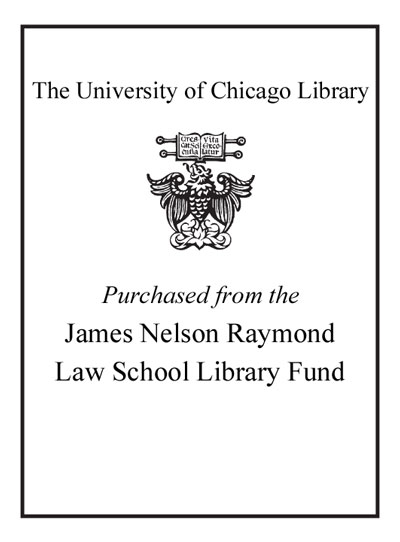| Notes: | Includes index.
"As of 1 November 2014, about 78,000 applications were pending before a judicial formation of the Court. Although the Court's docket has been reduced by nearly 50% over the last three years, this still represents a very significant number of cases to be brought before an international tribunal and continues to threaten the effectiveness of the right of petition enshrined in the Convention. The vast majority of cases (92% in 2013) will be rejected by the Court on one of the grounds of inadmissibility. Such cases clog up the Court's docket and obstruct the examination of more deserving cases where the admissibility requirements have been satisfied and which may concern serious allegations of human-rights violations.The 2010 Interlaken Conference on the reform of the Court called upon the "States Parties and the Court to ensure that comprehensive and objective information is provided to potential applicants on the Convention and the Court's case-law, in particular on the application procedures and admissibility criteria". The Court's first response to the call was to prepare a Practical Guide on Admissibility Criteria which clearly sets out the rules and case-law concerning admissibility. This third edition covers case-law up to 1 January 2014 and the stricter procedural conditions for applying to the Court which came into force on that date. Practitioners and prospective applicants should study this Practical Guide carefully before deciding to bring a case before the European Court of Human Rights"--Back cover.
|
|---|

